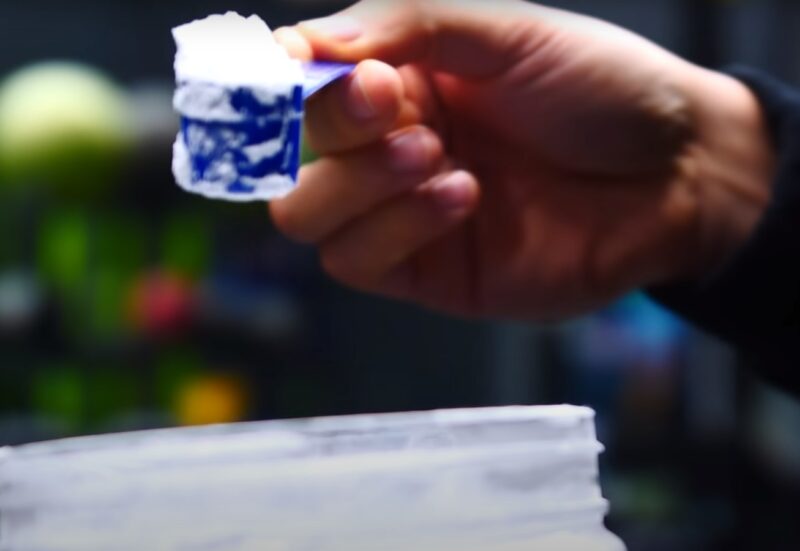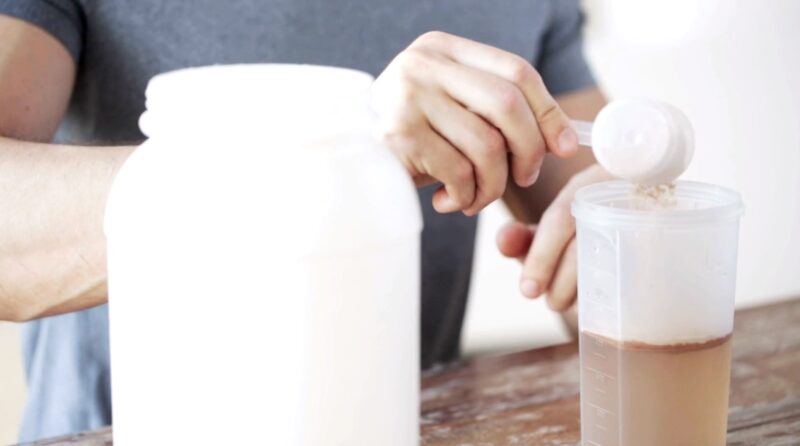Creatine is a naturally occurring compound found in our muscles. It’s like the unsung hero of energy production during short, intense activities. Here’s the deal:
It is made up of three amino acids—arginine, glycine, and methionine. These little buddies team up to form this powerhouse compound.
Our liver is the creatine factory. It churns out this magic potion, and we can also get it from certain foods like red meat and fish. So, it’s not just some mystical powder; it’s legit.
Imagine your muscles as tiny piggy banks. You deposit creatine in there, and when you’re lifting those heavy weights or sprinting like a cheetah, your muscles cash in. Quick energy boost, no questions asked.
Let us take a look at what we should know about it.
Key Takeaways
How Long Should We Wait for Effects?
The answer to how long we need to wait until it consuming creatine bears fruit on varies based on several factors, including one’s diet, workout regimen, and individual metabolism. However, here’s a general timeline:
| Timeframe | Effects and Outcomes |
|---|---|
| Immediate Effects (Days 1-7) | Noticeable increase in muscle size, primarily due to water retention in the muscle cells. |
| Short-term Effects (Weeks 1-4) | Gradual increase in the ability to sustain high-intensity workouts due to fully saturated creatine stores in the muscles, allowing for better ATP regeneration. |
| Long-term Effects (1 Month and Beyond) | Pronounced improvement in performance and potential muscle growth. Enhanced appearance. Better recovery. Additional health benefits. |
It is important to know that muscle creatine concentration increases by 20% during the loading phase of supplementation, as J. Athl. Train. writes in a report.
The Role in the Body
Creatine’s main gig is to help regenerate ATP—the energy currency of our cells according to a report by Jacob Dunn and Michael H. Grider. When you’re going all out in those short, intense activities (think sprinting or lifting heavy weights), ATP gets used up like free samples at a food fair.
It steps in and says, “Hey, let me refill that snack tray!” So, you get sustained performance. Nice, right?
Creatine also moonlights as a water balloon. Seriously! It hangs out in your muscle cells and brings extra water along. This hydration boost can lead to muscle growth. Think of it as your muscles saying, “Thanks for the hydration!”
Turns out, it might have other perks too. Some studies hint that it’s like a superhero cape for your brain—neuroprotective and all that jazz. Plus, it’s like the Swiss Army knife of health benefits.
Supplementation
While our bodies produce creatine and we consume it through our diet, many athletes and fitness enthusiasts opt for supplements to enhance their performance and muscle growth. The most common form of supplement is creatine monohydrate.
Although creatine has been mostly studied as an ergogenic aid for exercise, training, and sport, several health and potential therapeutic benefits have been reported. This is because it plays a critical role in cellular metabolism, particularly during metabolically stressed states, and limitations in the ability to transport and/or store can impair metabolism.
Reflecting on a study of Richard B. Kreider and Jeffery R. Stout.
Dosage and Loading:
- A typical dose is 5 grams per day.
- Some people opt for a “loading phase” where they take 20 grams per day (divided into 4 doses) for 5-7 days, followed by a maintenance dose of 3-5 grams per day.
Factors Influencing Effectiveness
Several factors can influence how quickly and effectively creatine works:
| Factor | Subfactor | Description |
|---|---|---|
| Dietary Influence | Carbohydrate-Rich Diet | Enhances uptake and muscle performance through increased insulin from carbs. |
| Protein and Creatine Synergy | Supports uptake; protein and carbs enhance absorption and muscle gains. | |
| Exercise-Induced Demand | High-Intensity Workouts | Increases demand for ATP regeneration in intense workouts. |
| Adaptation and Recovery | Boosts storage, performance, and muscle growth through regular intense exercise. | |
| Individual Differences in Response | Genetic Predispositions | Creatine uptake and effectiveness vary widely due to genetics and muscle composition. |
| Age and Sex | Younger individuals and males may benefit more due to muscle mass and hormones. | |
| Lifestyle and Health Status | Lifestyle factors like sleep and stress impact the effectiveness on recovery and growth. |
Potential Side Effects:
While creatine is generally safe for most people, it’s essential to be aware of potential side effects:
- Water retention, leading to weight gain.
- Stomach discomfort or diarrhea, especially when consumed in large amounts.
- Kidney concerns, although research has largely debunked this myth for healthy individuals.
Different Forms
While creatine monohydrate is the most researched and popular form, there are several other types available in the market:
| Creatine Type | Key Feature |
|---|---|
| Ethyl Ester (CEE) | Touted for better absorption, but research is inconclusive. |
| Hydrochloride (HCL) | Claims to have better solubility in water. |
| Buffered | Allegedly reduces the chances of stomach issues. |
| Liquid | While convenient, it may not be as stable as other forms. |
It’s essential to research and perhaps experiment a little to find the form that suits you best. However, creatine monohydrate remains the gold standard due to its extensive research backing.
Top tip: Always ensure that combining supplements won’t lead to adverse reactions.
Diet
While creatine supplementation can be beneficial, it’s essential to complement it with a balanced diet:
Meat and Fish
Meat and fish are among the most potent natural sources of creatine, providing a direct supplement to the body’s own creatine stores.
Regular consumption of these foods can help maintain optimal levels, potentially reducing the need for high doses of supplements.
For instance, beef, salmon, tuna and pine nuts are rich in creatine and can be incorporated into daily meals to support muscle creatine stores naturally.
Note for yourself: You all know that tuna can contain some heavy metals. Nutrition expert MS. RD. Melissa Mitri gave us some lower-mercury tuna alternatives that include sardines and canned salmon. Both of these are also rich in the same nutrients as tuna and are versatile, but are very low in mercury when compared to tuna.
Carbohydrates
The intake of carbohydrates, especially high-glycemic carbs, plays a crucial role in enhancing creatine uptake by the muscles.
This is facilitated through the spike in insulin levels that follows carbohydrate consumption, which in turn helps to shuttle creatine into muscle cells more effectively.
Consuming carbohydrate-rich foods like fruits, vegetables, and whole grains post-supplementation can amplify its storage and utilization, leading to improved muscle recovery and growth.
Hydration
Creatine supplementation is known to increase water retention within muscle cells, a mechanism that contributes to muscle growth and endurance improvements.
However, this can also lead to an overall increase in body water weight, making adequate hydration paramount.
Increased water intake is necessary to offset any potential dehydration risks and support the body’s increased hydration needs.
Ensuring a consistent intake of fluids throughout the day, particularly water, is essential for individuals supplementing with creatine to maintain hydration and support overall health.
Summary
As you can see, there is no one solution that can be applied to every situation when it comes to how long it takes for creatine to start bearing fruit.
We are certain you will find this insight of mine to be of help.












